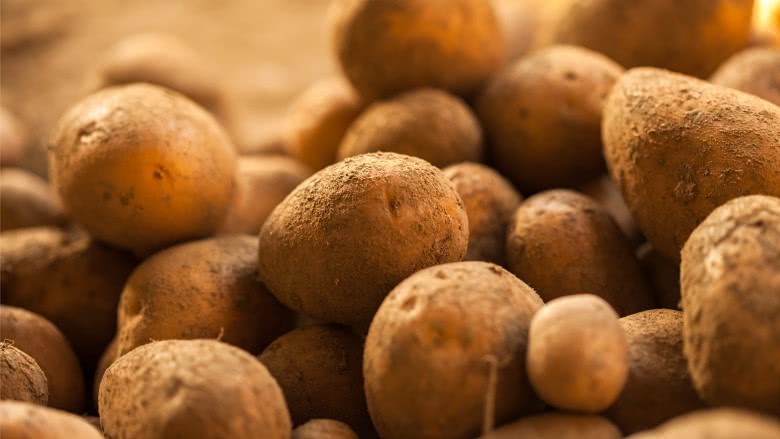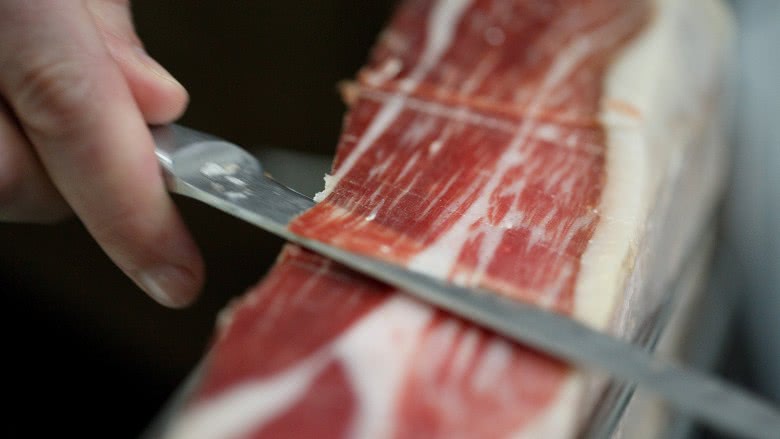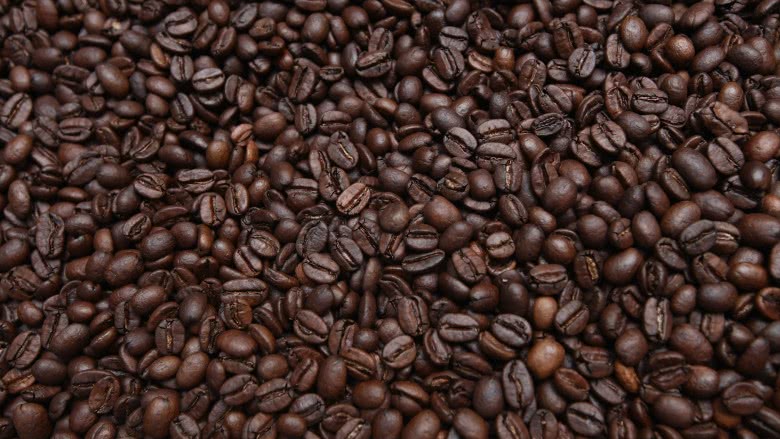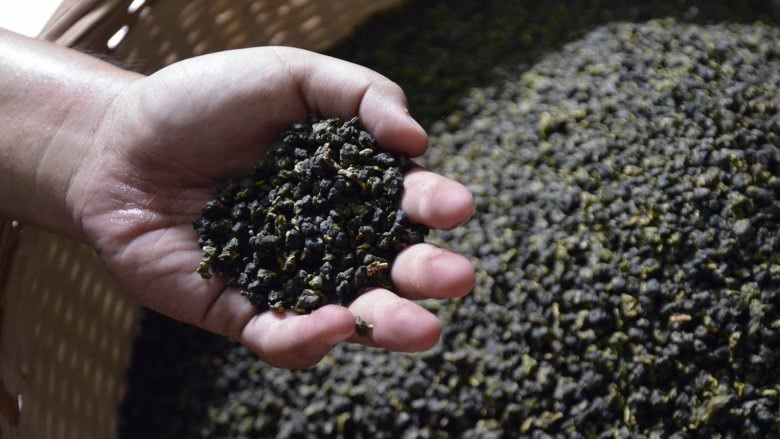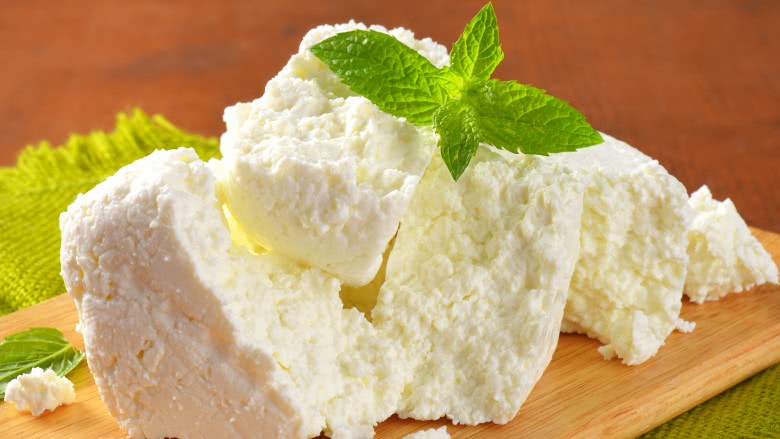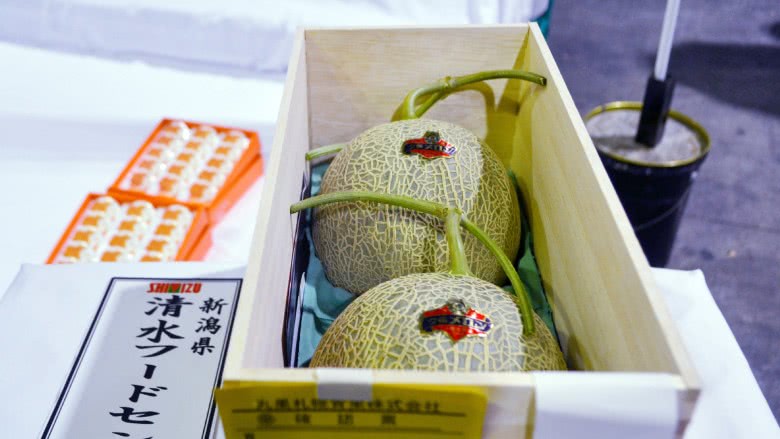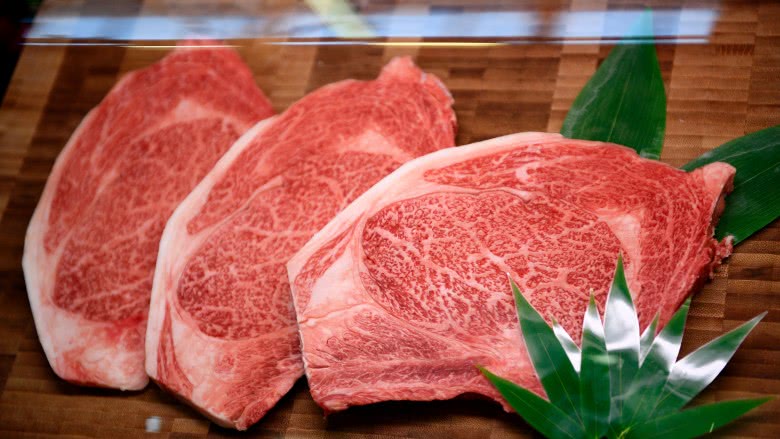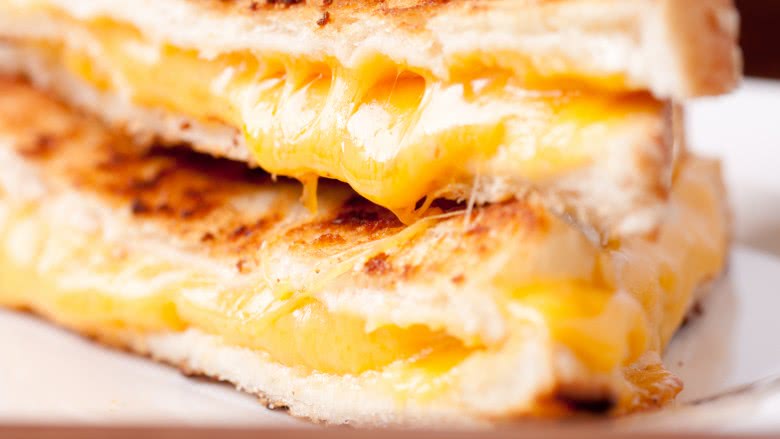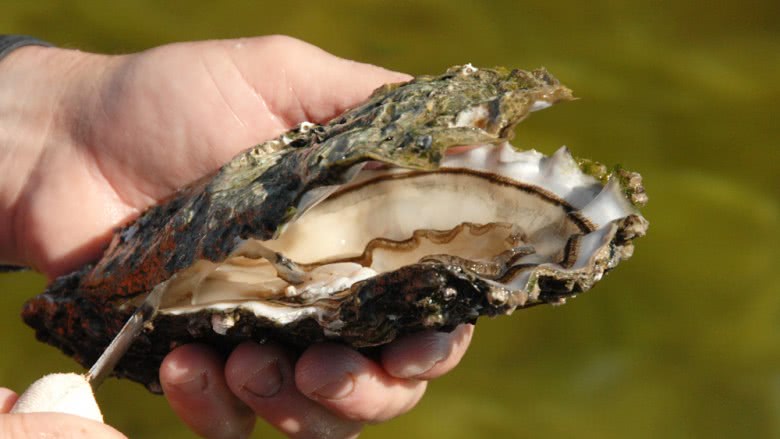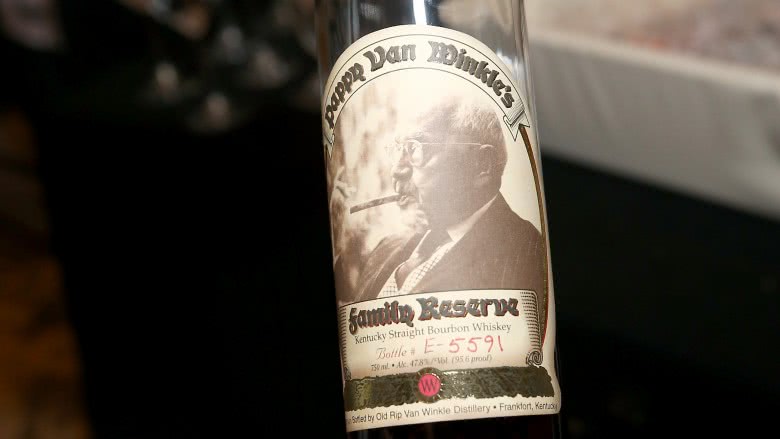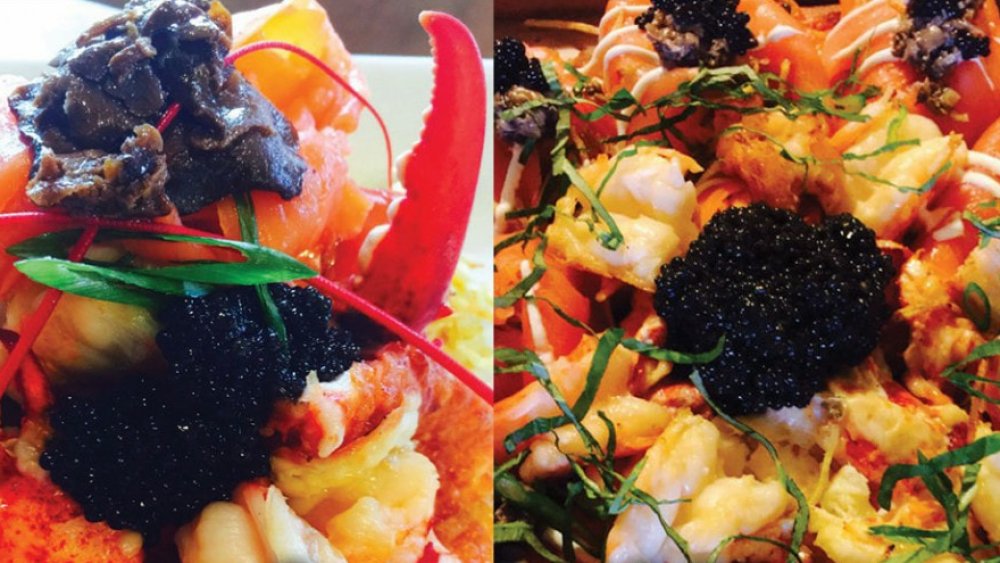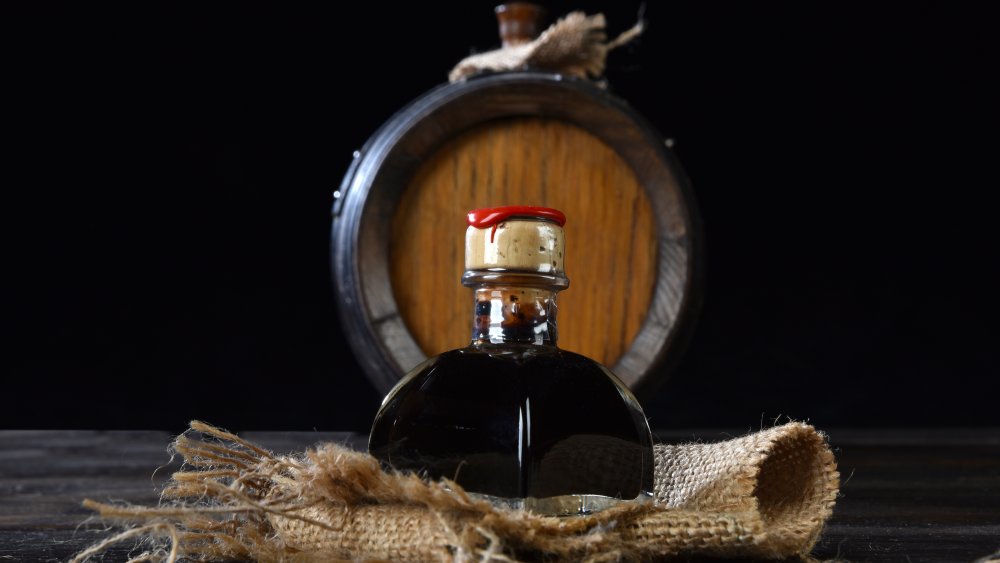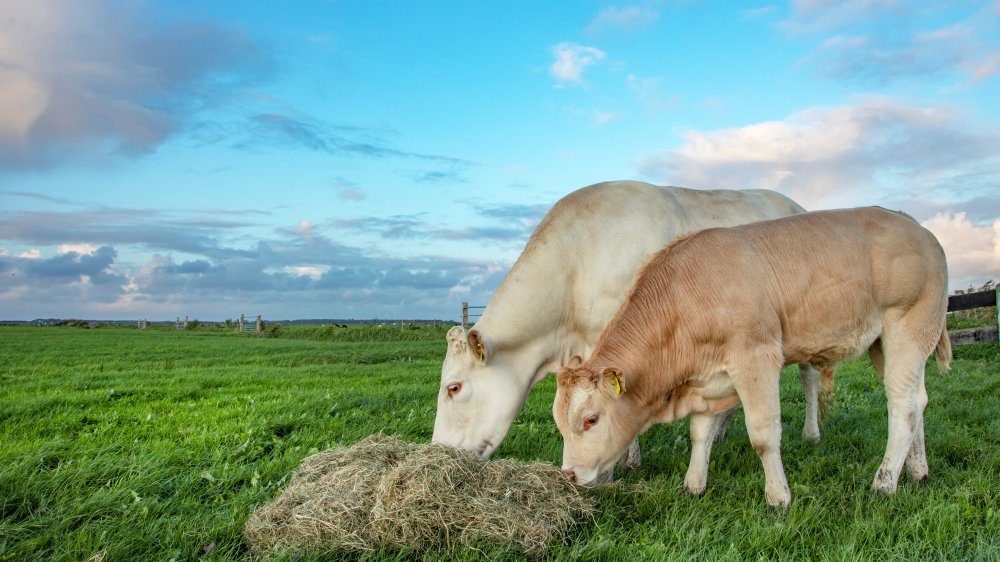Ridiculously Expensive Foods You Should Try At Least Once
Popcorn covered in gold. Pizzas topped with caviar. Cocktails garnished with diamonds. The world of luxury food is peppered with absurdly lavish examples of expensive foods that are more about conspicuous consumption than delicious taste. They're more about showing off than whether or not they actually taste any good. But sometimes the high price tag on a plate is actually earned because of the quality or rarity of the ingredients and the remarkable flavors they produce.
We've picked out some examples of high-end cuisine that have earned their place among the world's most expensive foods. Most of us may never get the chance to try these delicacies, especially as several of them are not just expensive, but scarce. Yet if the opportunity ever arises for you to try any of these foods or drinks, you can be confident that these are some of the most remarkable mouthfuls you'll ever enjoy, even if a mouthful is all you can afford!
La Bonnotte potatoes
Potatoes aren't often considered a luxury food, but these little yellow potatoes from the small French island of Noirmoutier are the most expensive in the world. La Bonnotte potatoes only grow in the island's mineral-rich coastal soil, and they're so fragile that they have to be carefully cultivated and harvested by hand during a brief period of peak ripeness in the early days of May.
The appeal of the potatoes is their distinctly salty flavor, which is said to pair especially well with another of the world's most expensive foods, caviar. The potatoes are sold for around $45 a pound when they're in season, but remember, the harvesting season is only about a week long. The best of the harvest is often sold at the Paris auction house Drouot, where it can reach prices as high as $300 per pound. which in everyday terms means that a large serving of McDonald's french fries made with these potatoes would set you back about $18 at a good time of year and $115 at a bad time. (Bad for your wallet, but good for your taste buds.) If you have the cash, the caviar may be a more appropriate serving suggestion.
Iberico De Bellota ham
Spain is known for the exceptional quality of its ham, and the best is jamón ibérico, the meat of black Iberian pigs, which is dried for weeks and aged for months after slaughter and served in paper-thin slices that melt on the tongue. And the very best of the best is jamón ibérico from pigs raised solely on a diet of acorns — "bellota" in Spanish.
These pigs seem to live a relaxed but active life, snuffling among the warm oak forests of the Iberian Peninsula, fattening themselves by devouring around 15 pounds of acorns every day. The result is a rich meat with a sweet, nutty flavor, streaked with delicious fat that's almost as rich in oleic acid as extra virgin olive oil. The bad news is that an entire leg of jamón ibérico can set you back $1,200 or more, so even a taste of this extraordinary ham will put a dent in your wallet.
La Esmeralda Especial coffee
If you've become numb to the shock of what a large Americano costs you from a mega chain coffee shop, imagine paying about $25 for your morning joe. That's what the beans for a 20-ounce cup of Esmeralda Especial coffee would set you back when it reached its highest price of $350.25 a pound at auction in 2013. Since few coffee shops actually serve Esmeralda Especial coffee over the counter, you're going to be paying closer to $40 for a 10-ounce bag of beans from a roaster, so you may not want to pour yourself a venti!
While another of the world's most expensive coffees, kopi luwak, famously earns its price from the novelty of having its beans processed through a civet's digestive tract and picked out of poop, Esmeralda Especial is expensive because it's actually really good. It comes from a particular leaf rust-resistant strain of Ethiopian beans planted at an unusually high elevation at an estate in Panama, and these unique circumstances give the coffee notes of bergamot, citrus, and stone fruits. Esmeralda Especial has won multiple tasting awards, so it's a taste that every die-hard coffee lover should treat themselves to at least once.
Da-Hong Pao tea
If expensive coffee isn't to your tastes, maybe you'd prefer a $4,000 cup of tea? In 2002, one tea collector paid 180,000 yuan, or about $28,000, for 20 grams of Da-Hong Pao tea. That's barely enough to get you through a week of breakfasts. Thankfully you might pick up a similar amount of a lower-grade version of the tea for about $20 today.
Da-Hong Pao is an oolong tea that only grows in the rocky, mineral rich soil of China's Wuyi Mountains. The tea's name means "big red robe" and comes from a legend that claims that the tea's original bushes were clad in scarlet robes by an emperor as thanks for restoring his ailing mother's health. Those original bushes were closely guarded for generations, but they stopped producing new tea in 2005. Plants grown from clippings of those bushes are the source of the more affordable strains of the tea available today, and while they may not be fit for an emperor's mother, they are reported to share the robust sweetness and lingering woody notes that makes this tea so remarkable. If you want to get a taste of the real stuff, grab your bags of gold and wait around for someone to auction off a stash of leaves from the original bushes.
Pule cheese
Even the very best cheeses in the world are generally only going to set you back about $50 a pound, unless there's something about them that makes them exceptionally scarce. That's the case for pule, a crumbly smoked white cheese from Serbia, which has sold for as much as several hundred dollars a pound because it's made from the milk of an endangered source: the Balkan donkey. It takes several gallons of milk to make 1 pound of cheese.
Pule gained notoriety in 2012 when someone started a rumor that Serbian tennis star Novak Djokovic bought up the entire supply. It wasn't true, but it made for a good headline. It was good news for the donnkeys, as sales of the cheese support the donkey sanctuary in Zasavica in its efforts to become self-sustaining. Pule is perhaps more expensive than its modest and pleasant flavor demands, but knowing that eating it is helping the endangered donkeys it comes from should leave a good taste in your mouth.
Yubari King melon
Cantaloupe melons are pretty cheap, which is why you'll always find chunks of often tasteless and sometimes barely ripe cantaloupe cluttering up an off-the-shelf fruit salad. It's the packing peanut of the fruit salad world. Yet one cultivar of cantaloupe is also the most expensive fruit in the world, with a pair of Yubari King melons selling at auction for about $27,000 in 2016. Those melons were probably given as a gift to a worthy recipient, as is traditional in Japan.
Grown in greenhouses in the Hokkaido region of Japan, these melons reach especially high prices the more perfectly round and unblemished they are, because of their value as gifts. But these melons are not merely status symbols; they're noted for their juicy flesh and floral sweetness. You might be able to pick up an individual melon at a Japanese department store for between $50 and $100, but if you just want a sample, you might be able to pick up a single slice of melon for a few dollars from vendors in Yubari, though these are likely to be lower quality than the melons that are sold whole.
Fullblood wagyu beef
Japanese Kobe beef became a hot food trend a few years ago, as people suddenly became aware of a category of delicate, delicious, well-marbled steaks they hadn't sampled before. Such was the fervor that suddenly everything was Kobe, and every gastro pub and fancy bar put Kobe sliders or Kobe brisket on its menu. Yet real Kobe was almost impossible to find outside Japan. At more than $300 per pound, real Kobe would be wasted if you ground it up for burgers or served it under a sauce.
Kobe beef comes from a strictly controlled strain of Japanese wagyu cattle raised in the Kobe region in Japan. In 2016 only nine restaurants in the U.S. were licensed to sell it, but any version of fullblood wagyu is probably worth checking out if you want an extraordinary taste experience. Like Kobe, the term "wagyu" has been degraded by overuse and branding. It often refers the product of crossbreeding between wagyu cattle and other breeds. The term "fullblood" tells you that your steak comes from pure wagyu cattle stock, though the cattle may be reared anywhere in the world. At about $100 a pound, the beef will still carry that mouth-wateringly intense level of marbling that makes wagyu irresistible. Just don't waste it on a meatball!
Quintessential Grilled Cheese sandwich
A lot of restaurants make headlines with expensive dishes like lobster frittatas or truffle-topped Kobe burgers, and most of them seem like novel ways to run up an expense account rather than the best use of luxury ingredients. An exception might be made for the "Quintessential" grilled cheese sandwich at Serendipity 3 in New York, a lavish take on familiar comfort food. At $214, it's been called the world's most expensive sandwich, and given the ingredients, it might also be one of the world's most delicious. Unfortunately the ingredients are so special that you have to order it at least two days in advance to make sure everything can be sourced.
This grilled cheese is made with bread baked with Dom Perignon champagne, butter infused with white truffles, and cheese from the milk of rare podolica cows, which has been aged for at least 18 months. These cows graze on the rocky terrain of Italy's Basilicata mountains, and their milk creates a sweet, herby cheese that intensifies as it ages. Every great grilled cheese also comes with tomato soup, and this one is served with a bisque made from South African lobsters and sweet San Marzano tomatoes, which have low acidity because they grow in the volcanic soil surrounding Mount Vesuvius. The sandwich also contains 24-karat edible gold and is served on Baccarat crystal, but even if you skipped those elements and brown bagged it, this would still be a delicious (and expensive) sandwich.
Coffin Bay King oysters
Coffin Bay Oyster Farm, located in a sheltered peninsula on the South Australia coastline, describes its king oysters as having the strong aroma of the rugged southern ocean and a complex flavor that makes it "the oyster steak of the ocean." But what makes these oysters truly remarkable is their size: a single Coffin Bay king oyster in its shell can weigh as much as 2 pounds and can cost the equivalent of about $75 in U.S. currency.
Coffin Bay king oysters are so huge and expensive because they're allowed to grow for up to six years. They have a lot more meat than a typical oyster, so some chewing is required and the scale of them may be more than some diners can stomach, but they certainly belong on the bucket list of any devoted oyster fanatic. The catch is that you'll have to make your way down to Australia's Eyre Peninsula, where these giants are sold exclusively at local restaurant Sarin's. The good news is that you get to keep the oyster shell as a souvenir.
Pappy Van Winkle bourbon
At the end of the most expensive feast you've ever enjoyed, you'll want an expensive digestif. At the high end you'll find Balvenie 50-year-old Scotch whisky, which sells for upward of $35,000 a bottle. Most of us are unlikely to ever come close to one in our lifetime, let alone afford a dram of it. More affordable, but still very much a luxury, is Pappy Van Winkle, a small-batch Kentucky bourbon that boasts notes of maple, fudge, oak, and spice, that can sell for up to $75 for a single shot.
In October 2013, around 200 bottles were stolen from the distillery. Nine arrests were eventually made, but the few bottles that were recovered were marked for destruction for fear of contamination. The Pappy Van Winkle bourbon robbery is only one example of the mania that surrounds this bourbon, with fans typically snapping up most of each year's batch before the bottles even reach stores. If you're ever lucky enough to find a bottle, it's definitely worth snapping up. Just be sure to buy it from a legitimate vendor.
The Steveston Pizza Company's seafood pizza
There's no denying that we do love our bargain pizzas. Sometimes, you just can't be bothered: after a long day, a Little Caesars' Hot-n-Ready can be just the thing to hit the spot. And that makes it tough to justify spending a ton of money on something as standard as a pizza... but there's at least one pizza out there that comes with a hefty price tag that we can say is absolutely worth it.
We're talking about the Steveston Pizza Company's C6, which retails at a whopping $850. (Don't worry, the Vancouver pizza shop also has more affordably-priced pies, too.) This 12-inch, 10-slice pizza feeds around five people, chef Nader Hatami says (via MacLean's), and if you're a true lover of all things seafood, it's a must-have. It's piled high with tiger prawns, smoked steelhead, Osetra caviar, lobster ratatouille, and finished off with Italian white truffles.
Now it sounds worth it, right? Buyer beware, though, you can't just show up and order this bad boy off the menu — you'll have to give them a day's notice. If that's a little too steep, you might want to opt for the Storm pizza: at just $100 a pie, you'll still get a pizza loaded with shrimp, crab legs, lobster, and salmon. Pizza will never be quite the same.
Balsamic di Modena
Balsamic vinegar is one of those kitchen staples that you probably don't think twice about, but there's a particular kind of balsamic that you really should indulge in at least once.
That's the traditional balsamic vinegar made in Modena. The families in this region of Italy have been making vinegar for generations, says Italy Magazine, and it shows. It's so smooth you can sip it right from the spoon, and they've had a long time to perfect it — the tradition dates back to the 11th century, when it was willed to future generations, and passed along in dowries. Even today, while it's one generation that grows and harvests the grapes, it's another generation that's going to finish and bottle it after it's done aging for up to 25 years. Every family has their own recipe and their own conditions for aging, and each final product tastes very different. It's been likened to wine-making, and that explains why each bottle of the authentic stuff can cost upwards of several hundred dollars.
It's absolutely worth it, though, to sample a centuries-long culinary legacy.
Blonde Aquitaine steak
You've heard of Waygu and Kobe beef, but it's entirely possible those aren't the most delicious types of beef you can buy. Competing for that honor is the beef that comes from the Blonde Aquitaine cows that are raised and slaughtered by only a single butcher on a single family farm in France.
According to CNN, Alexandre Polmard is the sixth-generation butcher of the family business founded in 1846. They weren't always putting out such high-end meats, and things really kicked off into the luxury level in the 1990s, when they developed a new way of treating the meat. It's called hibernation, and the meat is basically stored in a super cold, super windy environment that — reportedly — allows the meat to be stored, unchanged for any time.
There's a little more to it than that, too. The cows are hand-reared, live in the forests and grasslands of France, and slaughtered (only a rate of four cows per week) in a million-dollar facility designed to make the process as stress-free as possible. That's supposed to keep acid levels in the meat at a minimum, and those who can afford the price (up to $3,200) say that it absolutely works.

